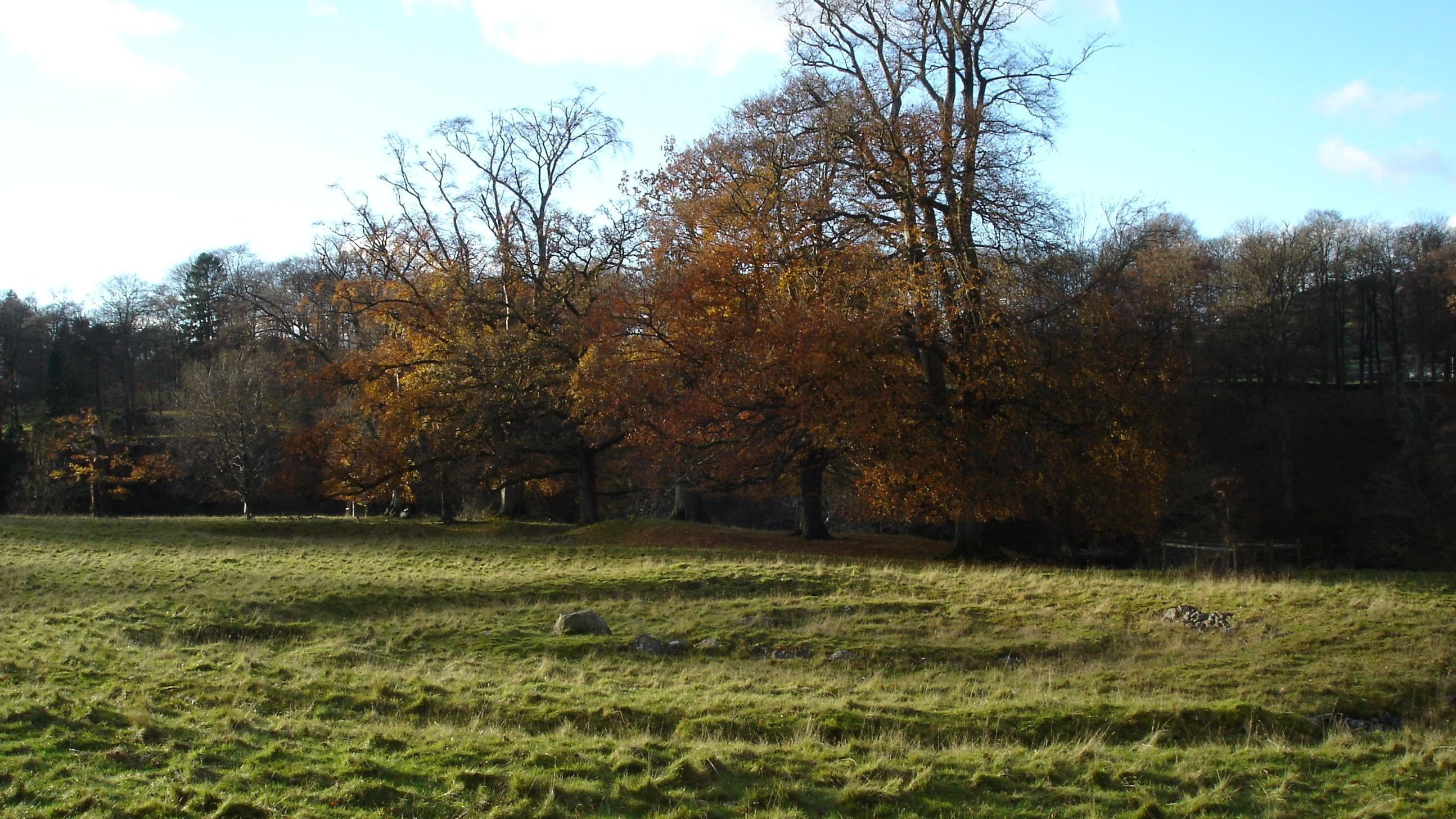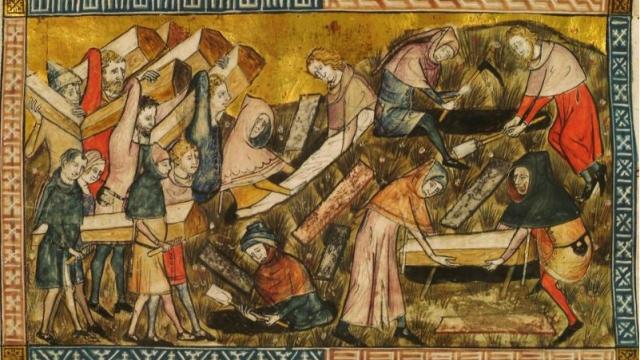Three cases of plague, a disease caused by the bacteria Yersinia pestis, have been found in Bronze Age remains in Britain. They’re the oldest cases yet found in the United Kingdom.
Two of the cases were identified in a mass burial in Somerset and the third was found in a cairn in Cumbria, near Scotland. The research team who identified the cases published their findings today in Nature Communications.
“These genomes can inform us of the spread and evolutionary changes of pathogens in the past, and hopefully help us understand which genes may be important in the spread of infectious diseases,” said Pooja Swali, a geneticist at the Francis Crick Institute and the study’s lead author, in an institute release.
“We see that this Yersinia pestis lineage, including genomes from this study, loses genes over time, a pattern that has emerged with later epidemics caused by the same pathogen,” Swali added.
The most common types of plague are bubonic, pneumonic, and septicemic, according to the CDC. The most famous symptom is the swelling of lymph nodes (called buboes) in those infected with the bubonic plague.
The plague is often associated with the Middle Ages, when the Black Death scythed down millions across Asia, Europe, and Africa in the 14th century. But plague has surfaced many times in human history and persists today. It’s an ancient disease, as evidenced by the three Bronze Age individuals that carried it to their graves.
The team analysed 34 remains across the two sites in Britain. They checked for Yersinia pestis in the remains’ teeth, where bacterial DNA can remain trapped for millennia after death. Two of the infected were tweens when they died, between the ages of 10 and 12 years old. The other infected was a 35-to-45-year-old woman when she died.

Pathogenic bacteria can degrade quickly, so the team surmises that some of the other individuals at the two sites may have been infected with the bacteria, but the evidence has since decayed away.
The site where the children were found, Charterhouse Warren in Somerset, appears to be a mass burial of trauma victims. In other words, if individuals besides the children carried plague, they (and the children) likely didn’t die from the disease.
“We understand the huge impact of many historical plague outbreaks, such as the Black Death, on human societies and health, but ancient DNA can document infectious disease much further into the past,” said Pontus Skoglund, a geneticist at the Crick Institute and the group leader of its Ancient Genomics Laboratory, in the same release.
“Future research will do more to understand how our genomes responded to such diseases in the past, and the evolutionary arms race with the pathogens themselves, which can help us to understand the impact of diseases in the present or in the future,” Skoglund added.
In addition, this research could help clarify the struggles of Bronze Age Britain, a life evidently rife with pestilence as well as social inequality.
The team found that the strain of the plague was the Late Neolithic and Bronze Age (NLBA) strain. The strain was previously identified in Western Europe and likely arrived in the area by around 2,800 BCE, but the new research proves that the strain made its way into Britain by roughly 4,000 years ago.
The oldest-yet-identified plague victim lived in what is now Latvia between 5,000 and 5,300 years ago. That makes him roughly contemporaneous with Ötzi, the Iceman that was found thawing out of the Italian Alps in 1991.
